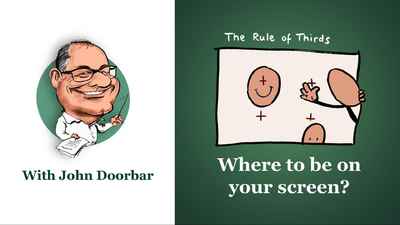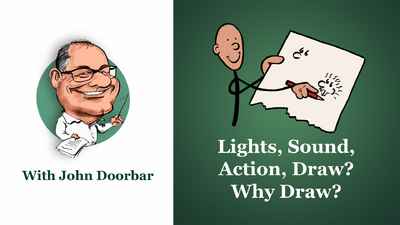
Presenting Insights
1 module
6 lessons
17m
Register to access this mini-course of six quick tips to level up your next presentation.
We’ll send you an email with login information to access the course.
___MESSAGE___
___MESSAGE___

